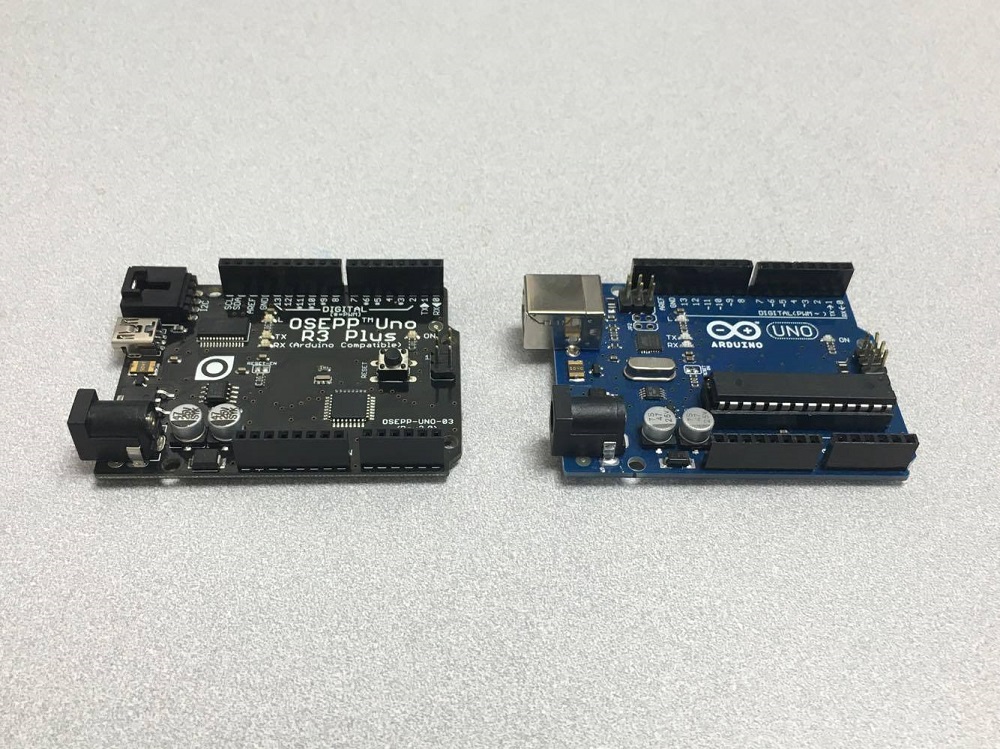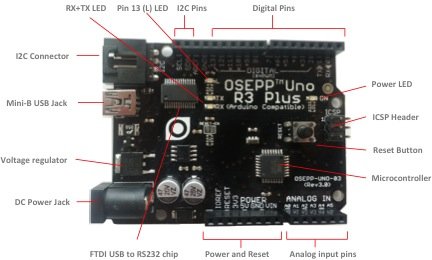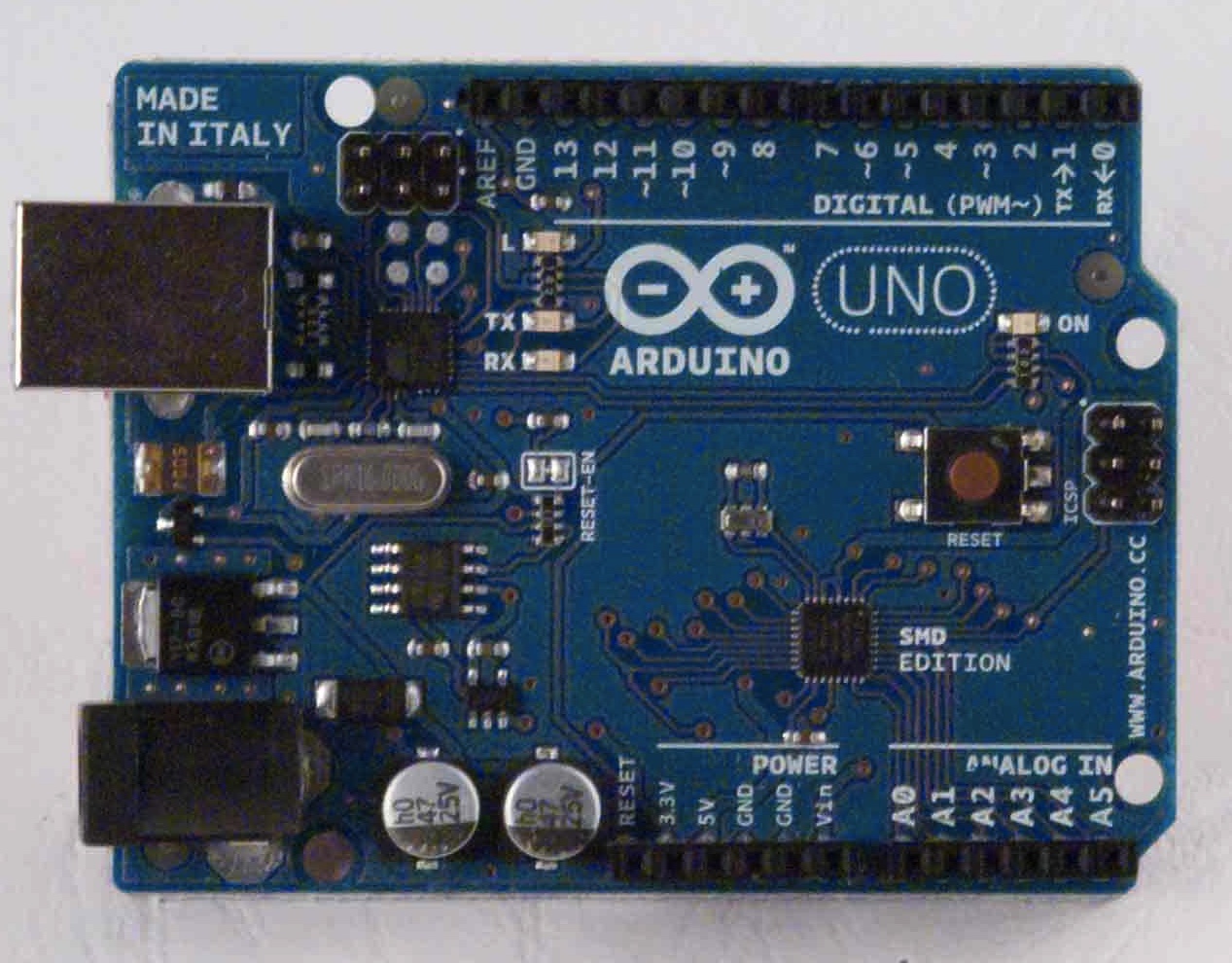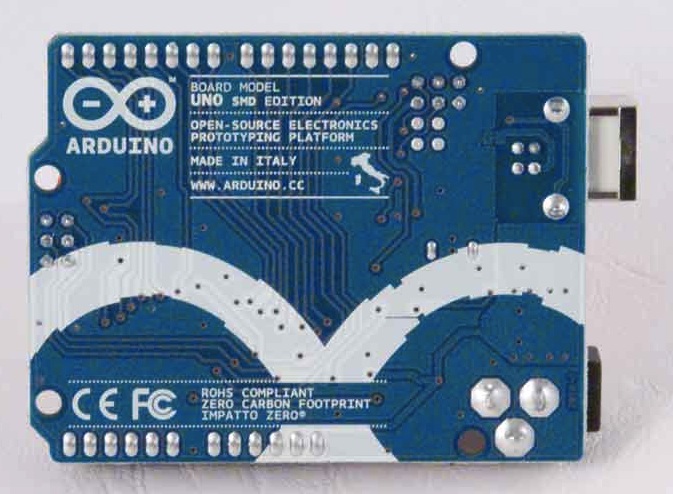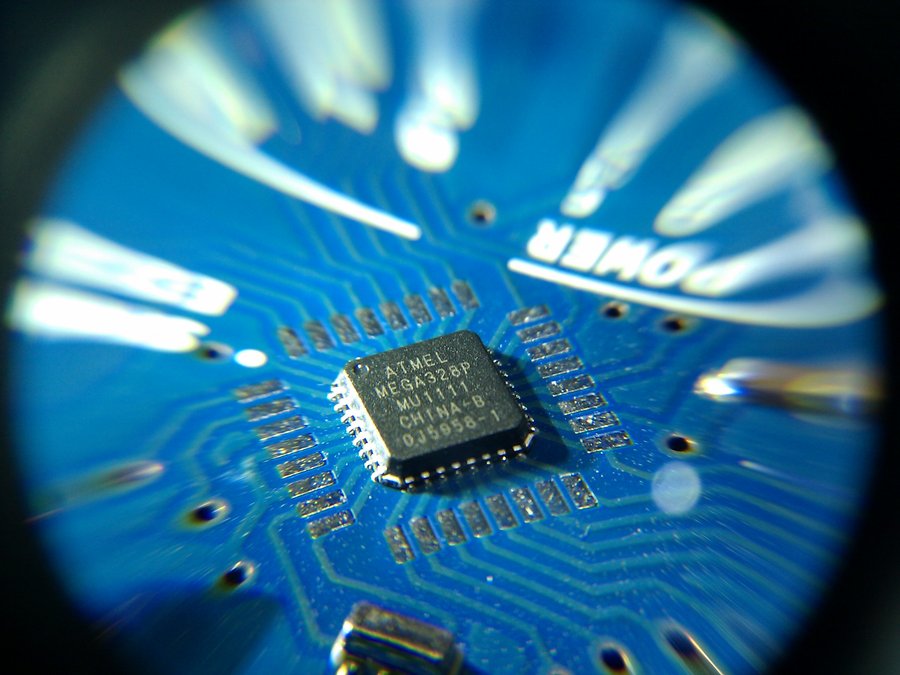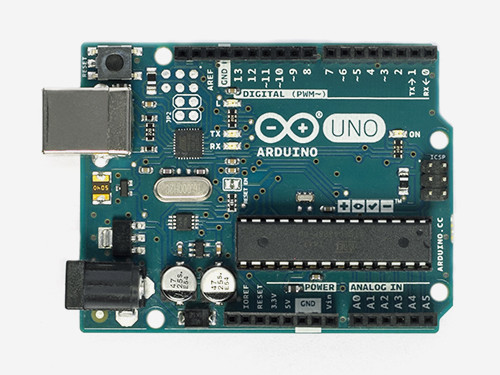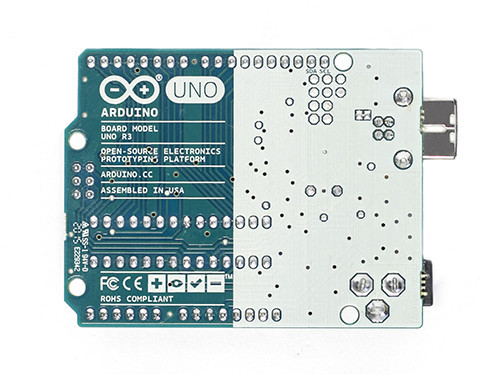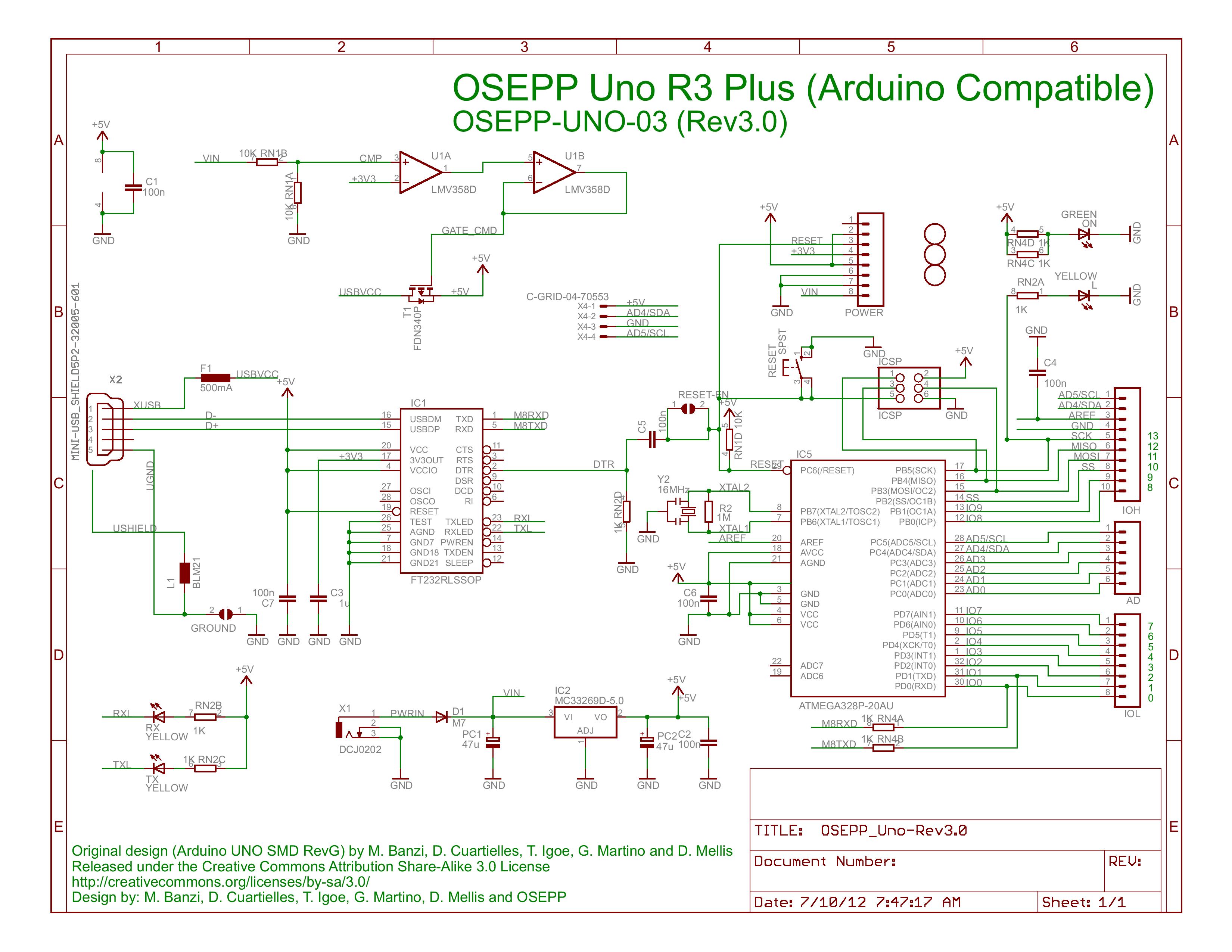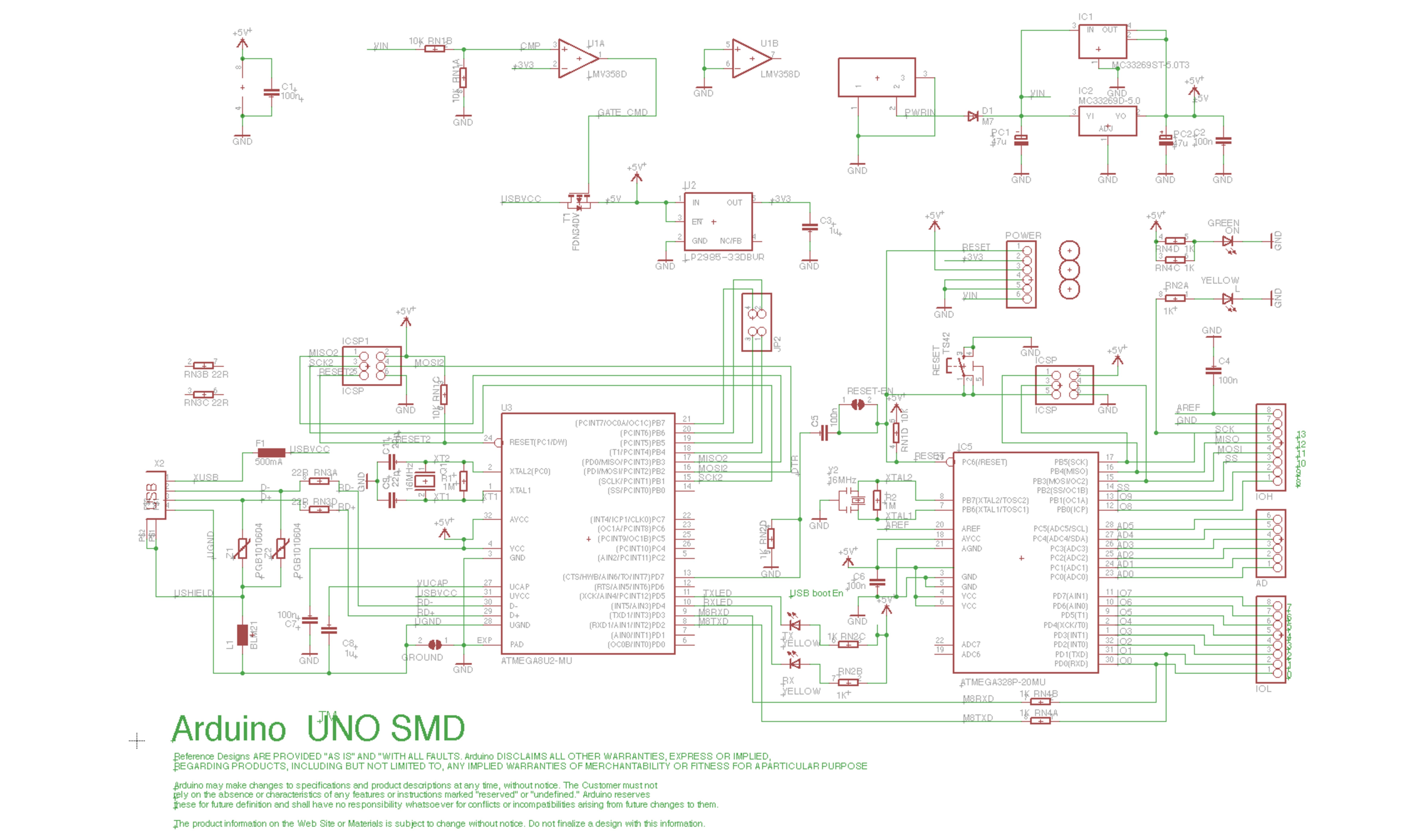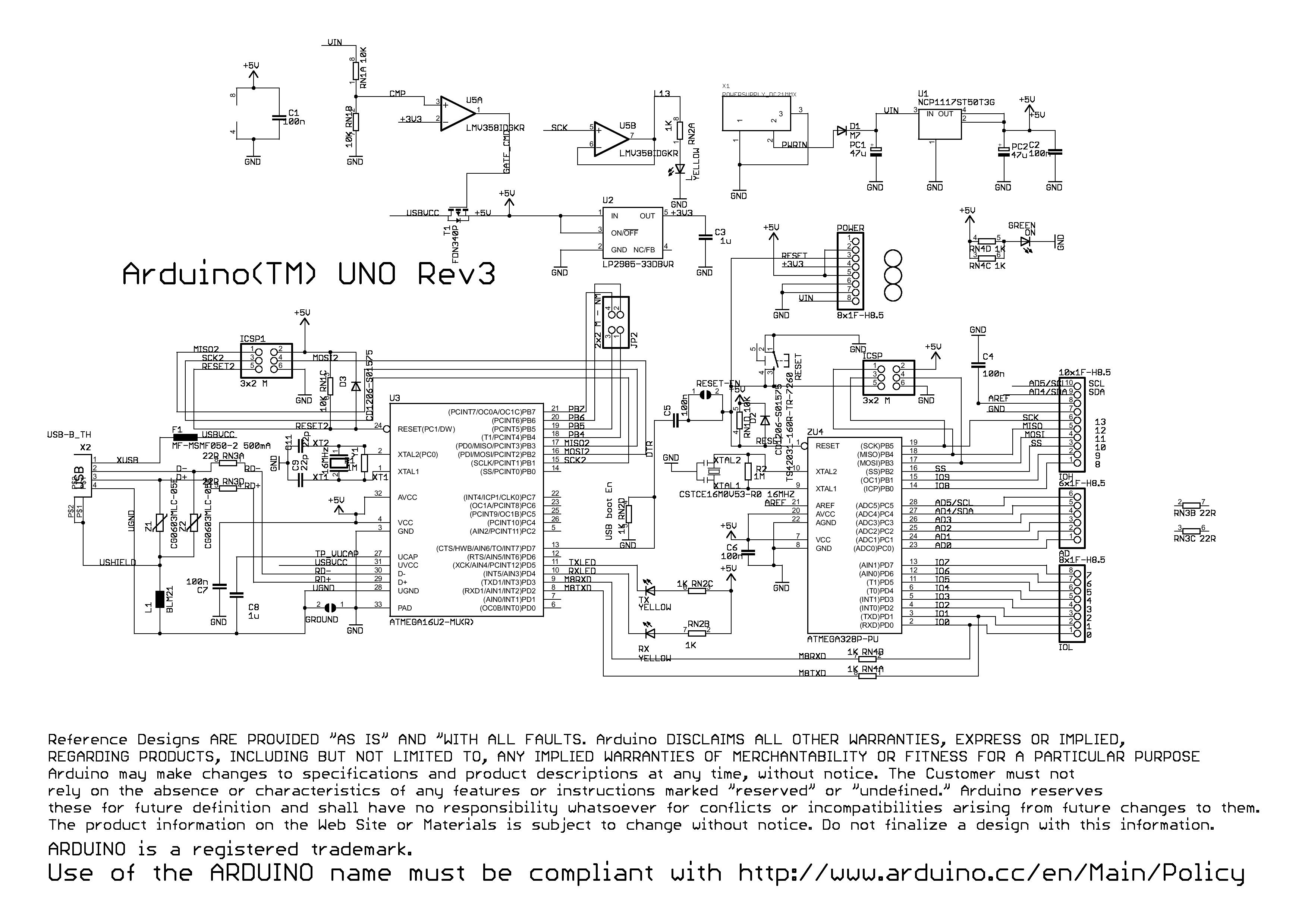OSEPP Uno R3 Plus VS Official Arduino UNO
What is the Difference between the OSEPP UNO R3 Plus and the Arduino UNO?
Since the first Arduino was introduced in 2005, novices and professionals alike have had an inexpensive and easy way to create devices that interact with their environment via sensors and actuators. Being an open-source development platform, the Arduino community has been presented with a massive selection of compatible hardware.
Here at Circuit Specialists, we are proud to be an active participating member of the Arduino community. Our team of in-house electronics geeks have successfully created a few different Arduino based projects and are anxious to produce even more.
We are currently one of a few local authorized distributors for OSEPP’s line of excellent Arduino-compatible hardware. With identical technical specifications and nearly identical components, we believe that the OSEPP line is an excellent alternative to Arduino/Genuino products.
We’re writing this blog to compare the OSEPP Uno R3 Plus Arduino-compatible board with the official lineup of Arduino single-board computers. We chose to include the Arduino Uno SMD edition as well, since it has a comparable board layout (with SMD).
“The Arduino Uno SMD is a version of the Arduino Uno, but uses a surface mount version of the Atmega328P instead of the through-hole version. This version was made in response to a shortage in supply of the through-hole Atmega328P. The board is based on the ATmega328 (datasheet).”
The board is identical to the PTH version of the Uno, but you won’t be able to remove the ATmega microcontroller without some hot-air (though this change shouldn’t affect most users). The mapping for the Atmega8, 168, and 328 is identical.
OSEPP Uno R3 Plus Specs
Microcontroller: ATmega328P
Clock Speed: 16 MHz
Flash Memory: 32 KB
SRAM: 2 KB
EEPROM: 1 KB
Operating Voltage: 5V
Input Voltage: 6-12 V
Digital I/O Pin Count: 14 (including 6 for PWM output)
Analog Input Pin Count: 6
Dimensions: 2.95” x 2.13”
Power Source: USB or external DC power supply
Price: $24.95 at Circuit Specialists
Specs from: OSEPP
Arduino UNO R3 SMD Specs
Microcontroller: ATmega328P
Clock Speed: 16 MHz
Flash Memory: 32 KB
SRAM: 2 KB
EEPROM: 1 KB
Operating Voltage: 5V
Input Voltage: 7-12 V
Digital I/O Pin Count: 14 (including 6 for PWM output)
Analog Input Pin Count: 6
Dimensions: 2.7” x 2.1”
Power Source: USB or external DC power supply
Price: $29.95 from Sparkfun
Specs from: Arduino
Arduino UNO R3 Specs
Microcontroller: ATmega328P-PU
Clock Speed: 16 MHz
Flash Memory: 32 KB
SRAM: 2 KB
EEPROM: 1 KB
Operating Voltage: 5V
Input Voltage: 7-12 V
Digital I/O Pin Count: 14 (including 6 for PWM output)
Analog Input Pin Count: 6
Dimensions: 2.7” x 2.1”
Power Source: USB or external DC power supply
Price: $24.95 from Arduino USA
Specs from: Arduino
As you can see, the OSEPP stacks right up next to the genuine Arduino products, and uses all of the same programming software. With only a slight difference in size, people shopping for Arduino-compatible hardware can feel comfortable purchasing any of the OSEPP products offered by Circuit Specialists.
Note: In our research we did find some users were having a slight issue when uploading code to their devices. Luckily OSEPP provided a response and an easy fix to this issue: “If your sketch does not load properly using the Arduino Uno selection, please select Arduino Duemilanove or ‘Nano w/ Atmega328.’” See the full tutorial for additional information.
And for those of you who love schematics…
